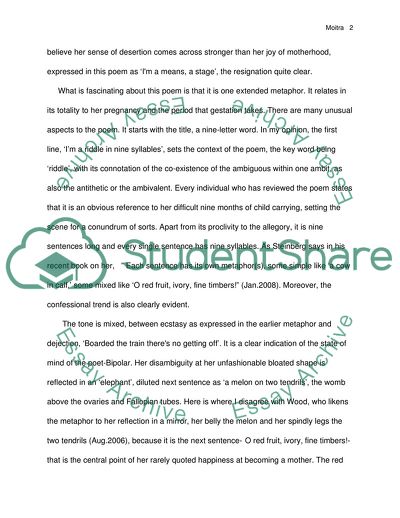Cite this document
(Discussion Thread For Three Poems by Sylvia Plath, Emily Dickinson and Essay, n.d.)
Discussion Thread For Three Poems by Sylvia Plath, Emily Dickinson and Essay. https://studentshare.org/literature/1714302-discussion-thread-for-the-poem
Discussion Thread For Three Poems by Sylvia Plath, Emily Dickinson and Essay. https://studentshare.org/literature/1714302-discussion-thread-for-the-poem
(Discussion Thread For Three Poems by Sylvia Plath, Emily Dickinson and Essay)
Discussion Thread For Three Poems by Sylvia Plath, Emily Dickinson and Essay. https://studentshare.org/literature/1714302-discussion-thread-for-the-poem.
Discussion Thread For Three Poems by Sylvia Plath, Emily Dickinson and Essay. https://studentshare.org/literature/1714302-discussion-thread-for-the-poem.
“Discussion Thread For Three Poems by Sylvia Plath, Emily Dickinson and Essay”. https://studentshare.org/literature/1714302-discussion-thread-for-the-poem.


